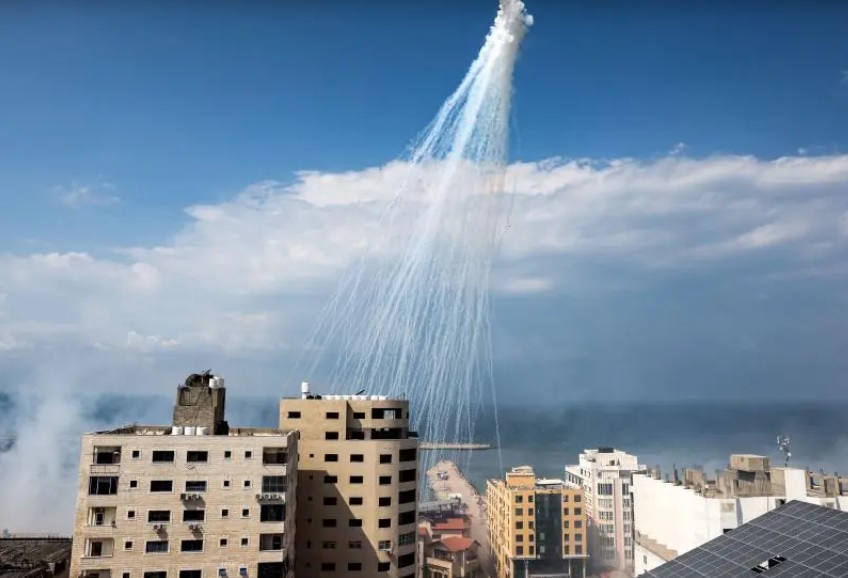White phosphorus is a chemical substance that exists in several forms, with white phosphorus being one of the most common and well-known allotropes. It is a highly reactive and flammable chemical element that is commonly used in various industrial and military applications. Here is some information about white phosphorus and its effects:
Chemical Properties:
- White phosphorus has the chemical symbol P4 and is composed of molecules with four phosphorus atoms.
- It is a waxy, white or slightly yellow solid at room temperature.
- White phosphorus is highly reactive with oxygen and ignites spontaneously in the presence of air, emitting a bright, white light. This property has led to its use in various applications, including incendiary weapons and ammunition.
Military Use:
- White phosphorus has been used in military applications as an incendiary agent. When used in munitions, it can create intense heat and fires that are difficult to extinguish.
- It has also been used for smoke screens and illumination purposes on the battlefield.
Health Effects:
- Exposure to white phosphorus can have severe health effects, as it is toxic and can cause chemical burns.
- Contact with white phosphorus can lead to burns, especially when it ignites upon exposure to air. These burns are deep and painful.
- Inhalation of white phosphorus fumes can be harmful to the respiratory system and can lead to a condition known as “phossy jaw,” which can result in necrosis of the jawbone.
- Chronic exposure to white phosphorus has been associated with various long-term health issues, including bone and organ damage.
Environmental Effects:
- The use of white phosphorus in warfare can have devastating environmental effects, as it can lead to the destruction of forests and ecosystems due to fires caused by its incendiary properties.
- White phosphorus can also contaminate soil and water, posing environmental risks.
It’s important to note that the use of white phosphorus in warfare, particularly in populated areas, is highly controversial and regulated by international law. The use of white phosphorus as an incendiary weapon in civilian areas is considered a violation of the laws of armed conflict.
Due to its hazardous nature, there are efforts to find less harmful alternatives to white phosphorus in various applications. These alternatives are typically less toxic and pose fewer risks to both human health and the environment.
